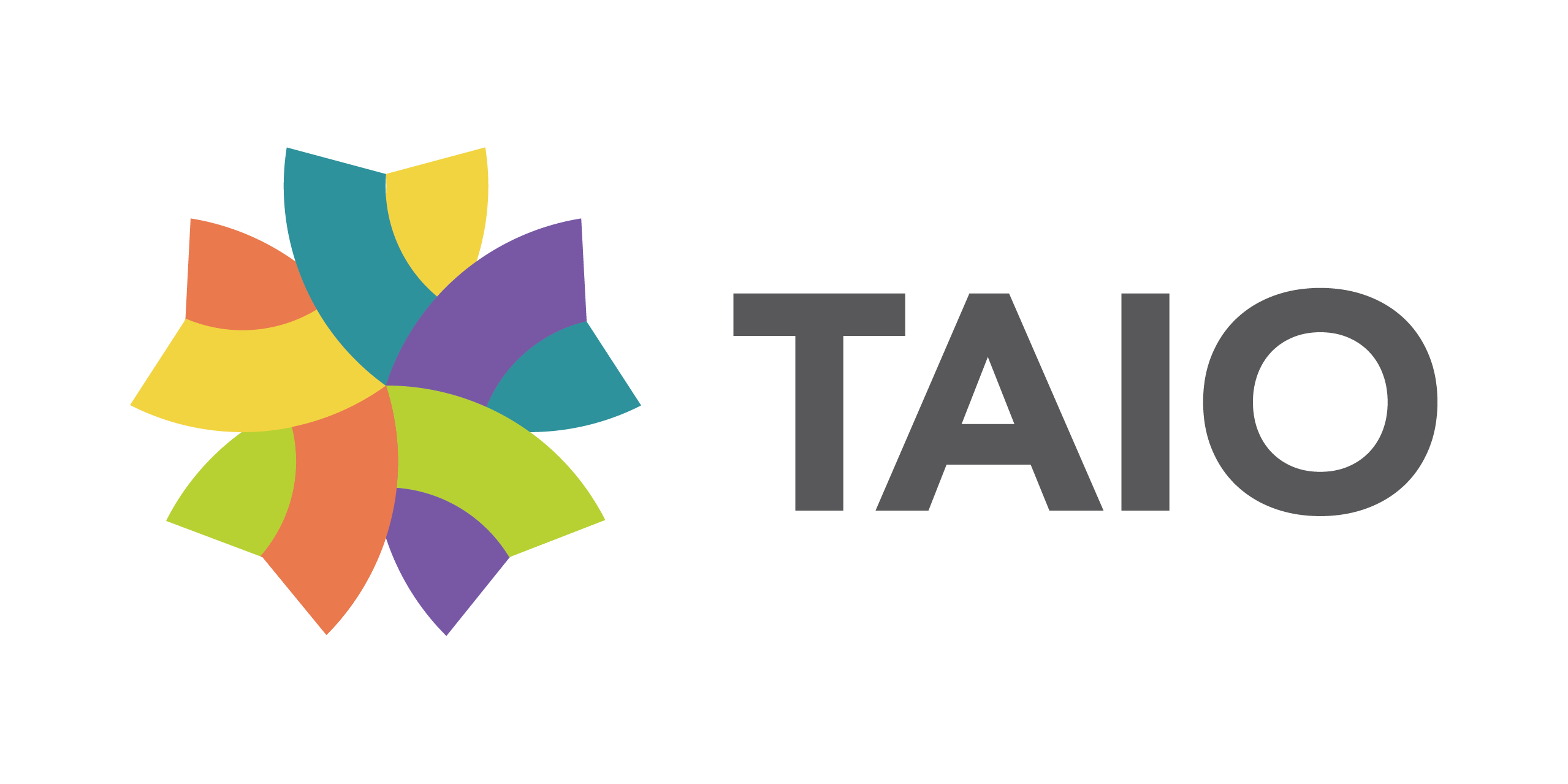Medical billing errors pose a significant challenge to your home healthcare agency. It directly affects your profitability. It also complicates your ability to cover costs like salaries and utilities.
Addressing these billing errors demands administrative effort and resources. You need to dedicate staff time to identify and correct errors. You’ll need to re-submit claims, and liaise with insurance companies. This process raises your operational costs and diverts your staff from their main duties.
This problem isn’t unique to your agency. An estimated 17% of in-network claims were denied in 2021. This highlights the need for more efficient billing processes and systems.
In home healthcare, billing mistakes are significant hurdles. Let’s explore the causes of these errors and their impact on your revenue cycle management (RCM).
On this page
Key Takeaways

Mistakes like wrong modifiers, billing the wrong payer, or not getting proper authorizations can delay payments. Regular audits catch mistakes. They make sure you bill for all services provided.

Use AI technology to spot errors before they happen. It can help manage claims more accurately and efficiently.

Outsourcing medical coding and billing can save time and reduce errors.
Common Medical Billing Errors
Common billing errors in home healthcare often lead to financial losses and compliance issues. Enumerated below are the most frequent mistakes encountered in this sector.
Cause #1
Not verifying patient insurance
One mistake that is often made is not checking a patient’s insurance benefits. This is especially important for patients who get services repeatedly.
For example, a home health agency provides ongoing physical therapy to a patient with insurance coverage. Without rechecking the patient’s insurance at each visit, the agency continues treatment. Months later, when billing, they discover the patient’s insurance policy has changed and no longer covers the therapy.
Regular insurance verification could have prevented this issue.
Cause #2
Lack of prior authorizations
Another error is failing to get prior authorization for certain procedures. Note that some payers require one-time authorization, while some require PA for every procedure.
Let’s say your patient (who resides in CA) requires physical or occupational therapy. You’ll most likely need to get prior authorization for those services. If the same patient needs to use a Scooter or a wheelchair (or any Power Mobility Device), then you’ll also need to get PA for that.
Another example would be prior authorization for ongoing services. The recent 2024 Medicare Advantage and Part D Final Rule (CMS-4201-F) streamlined PA requirements. For continuing care affected by this rule, you won’t need to get PA within 90 days from the implementation. This does not extend to new procedures. If this new procedure was mistaken for continuing care, your claims will get rejected.
Cause #3
Incorrect modifiers
Modifiers are two-digit codes that prefix billing codes. They specify details like the service’s location, who performed it, and any unique circumstances of the claim.
Using the wrong modifier can lead to denied claims. It can also signal non-compliance and potential fraud.
For instance, coders typically use GW and GV to describe if the treatment is for a condition related to the hospice diagnosis or not. GW is used for a condition unrelated to the hospice diagnosis. Using GV suggests that it’s related.
A home healthcare provider treats a hospice patient for a condition unrelated to their terminal illness. Instead of using the GW modifier, it used a GV. If detected, this will lead to a claim denial.
If this continues and the payer’s system flags any irregularities, the insurance payer may investigate. If found guilty, the agency may face a civil lawsuit for claims.
Related Read: Denial Management in Home Healthcare: Proven Strategies to Strengthen Revenue with Outsourcing
Cause #4
Billing the wrong payer
Payers have different policies and procedures. Sending the medical claim to the wrong payer will delay your reimbursements. You’re also at risk of not getting reimbursed at all, especially if there is a specific period when you have to submit your claim.
An example of this is billing Medicare instead of Medicaid, or vice versa. While both are programs of the government, they have different claims processes. Medicare is a federal program and has standardized procedures nationwide. Medicaid on the other hand—managed by states—varies in rules and requirements.
As a result, your agency will end up spending extra time fixing claims, instead of processing new ones. Since these are government payers, reimbursements do take longer. If you’re on a tight budget, these delays will lead to cash flow problems.
Cause #5
Omitting details on claims
A common oversight in home healthcare claims is incomplete service logs and lack of crucial details. An example of this is the absence of signatures from the provider or beneficiary.
Insurers need comprehensive logs to confirm that the care provided was needed and appropriate. Without them, insurers will question the legitimacy of the services billed.
Cause #6
Unbundling
Unbundling can occur when providers separate services that should be billed together. This does not only result in losses due to rejected line items, repeated offense can be tagged as fraudulent claims.
This practice is concerning because home healthcare services are tailored to the needs of patients. As a result, it’s easier to manipulate billing codes without immediate detection.
For instance, an agency provides a comprehensive care plan for a patient recovering from surgery. This plan includes wound care, physical therapy, and medication management. Under normal circumstances, it would be billed as a bundled service because they are part of an integrated post-operative care plan.
However, don’t ever be tempted to bill these services separately in an effort to pad reimbursements. Some examples include:
- Wound Care: Instead of including wound care as part of the post-operative care package, the agency bills each dressing change and wound inspection as separate instances.
- Physical Therapy: Each physical therapy session, which is a standard part of the recovery process, is billed as a standalone service rather than being included in the bundled post-surgery rehabilitation package.
- Medication Management: The routine oversight of medication that should be part of the overall care plan is itemized as a separate service for each visit, even though it’s a standard component of post-operative care.
Unbundling does not only result in losses, it’s illegal. The False Claims Act (FCA) is a law that combats fraud against federal programs, including healthcare fraud. The FCA imposes fines and damages on those found guilty.
Cause #8
Upcoding
Sometimes, healthcare providers submit claims to make it seem like the treatments or diagnoses were more serious than they actually were. This is called Upcoding.
There are 7,800 CPT codes for various healthcare services. With this complexity, you can imagine how hard it would be to detect fraud. This complexity is exactly what Upcoding seeks to exploit.
For example, a doctor’s visit will be coded and billed as a more detailed check-up, or a patient with a minor condition reported a serious illness.
Upcoding and Unbundling are the most common methods of committing medical insurance fraud in the US. The FCA goes after these transactions and imposes high penalties commensurate to its severity.
Cause #8
Failing to bill for services
Having an inexperienced medical coder and biller could affect your profitability. Failure to bill for services can be due to any of the following:
- Undercoding: This happens when the codes used for billing do not fully capture the complexity or services provided. For example, if a physician conducts an extensive evaluation and management service but only codes for a basic visit, this results in lost revenue and can misrepresent the care level in the patient’s record.
- Omission of Services: Sometimes, services that were provided are not included on the bill at all. This could be due to oversight, miscommunication between the medical and billing teams, or a misunderstanding of what services were provided. For instance, if a patient receives an x-ray followed by a consultation, but only the consultation is billed, the revenue for the x-ray is lost.
- Failure to Link Procedures with Diagnoses: Every billed service should be linked to a diagnosis to justify the necessity of the service. Failure to do this can result in unpaid claims. For example, a laboratory test is performed but is not linked to a specific medical condition in the coding. In this case, the payer may not recognize the test as necessary and may reject the claim.
Cause #9
Duplicate billing
Duplicate billing sends a procedure through the system more than once. This mistake can hike up costs unfairly and slow down payments. Your staff might bill a single service several times by accident, causing confusion and payment delays.
Here are some common types of duplicate billing errors in home healthcare:
- Multiple Billing for the Same Service: This error occurs when a service like a therapy session is billed multiple times due to clerical mistakes, billing code confusion, or EHR system errors.
- Overlapping Service Dates: Records may incorrectly show that more than one service was done on the same day. It can also occur when two providers submit invoices for the same day, even though the services were actually provided on different days.
- Billing for Canceled Services: This happens when services that were canceled still get billed. Possible causes are miscommunication between healthcare staff or failure to update the billing system about the cancellation.
- Lack of Coordination Between Providers: This happens when multiple providers treat a patient without proper communication or coordination. They might bill separately for services that should be combined into a single or bundled charge
How to Reduce Medical Billing Errors

Reducing medical billing errors is essential in speeding up reimbursements and streamlining RCM. One a common strategy traditional agencies do is hiring more professionals and training the current workforce. But with the current staff turnover and lack of professionals in the market, hiring more may not be on the table.
You’ll find that embracing AI technology and outsourcing to specialists can turn the tide on persistent billing challenges.
#1 Utilizing AI technology to catch medical coding errors
AI helps avoid claim rejections by spotting errors before they turn into bigger problems. It uses smart tech, like Natural Language Processing (NLP), to read through medical records and pick out the right billing codes, cutting down on manual mistakes.
What’s even better is that AI gets smarter over time. It looks at past data to predict where errors might happen. It keeps everything up-to-date with the latest billing codes and rules. This means fewer headaches when it comes to staying compliant. And, with its ability to spot fraud, AI adds an extra layer of security to the mix.
AI also takes on the routine tasks, freeing up the team to tackle more complex issues. This boosts not just accuracy but also efficiency. Plus, it offers targeted feedback for continuous improvement.
Investing in AI might seem like a big step, but the benefits it brings in reducing errors and streamlining the billing process are well worth it. It’s a smart move for those looking to make their billing operations smoother and more reliable.

#2 Outsourcing medical coding and billing to reduce billing errors
Outsourcing puts you in the hands of experts who know the ins and outs of the latest billing rules. They have the technology that spots and fixes errors before they cause any trouble.
Similar to AI, this setup frees up your team to focus more on caring for your patients instead of doing repeated admin tasks. As your agency grows, outsourcing scales with you, so you won’t have to worry about hiring more people or training them up.
You’ll also be compliant with billing regulations, reducing the risk of legal headaches. The outsourcing team will keep a close eye on everything and give you regular reports, so you’ll always know how things are going and where you can improve.
Picking a reputable provider with a solid track record in home health care billing is crucial. They can help you cut down on errors and keep your billing smooth and efficient.
In Summary
These common medical billing errors hurt your bottom line. While increasing staff count and training may help reduce these issues, it’s not feasible due to a shortage of professionals in the market.
There are two solutions that can help: AI technology and outsourcing.
AI technology can streamline billing by detecting and fixing errors, enhancing accuracy and efficiency. But AI can’t be fully utilized without a team of experts, and outsourcing can help you with that.
Outsourcing to home healthcare billing experts brings specialized skills and tech, cutting errors and compliance risks. A billing specialist improves billing, speeds up reimbursements, and strengthens financial health, letting you focus on patient care.
Frequently Asked Questions
To fix medical billing mistakes, double-check all patient information and services provided. Training staff and using software for accuracy also helps prevent these errors, which improves reimbursements.
Yes. There are special software programs designed just for this—they check bills for mistakes and make sure everything matches up before sending claims to insurance companies.
Common discrepancies that will cause billing errors include wrong or incomplete patient information, missing physician logs, and misused medical codes. Sometimes, ineligible writing can cause your medical coders and billers to use the wrong code which can result in denied claims.




